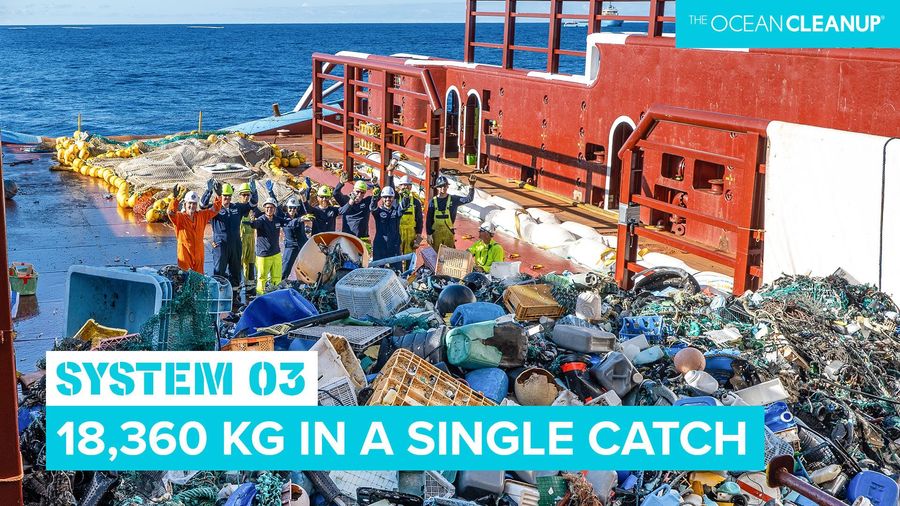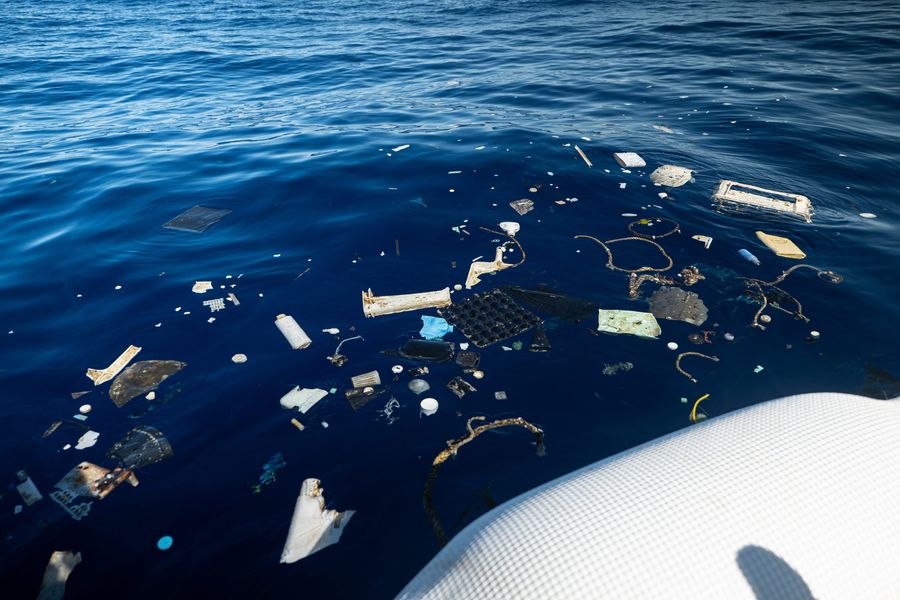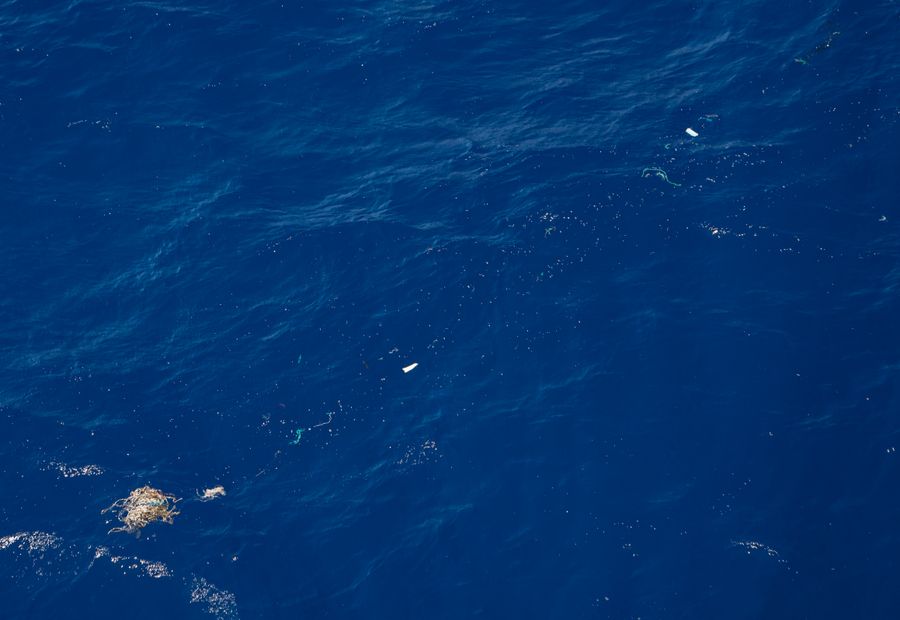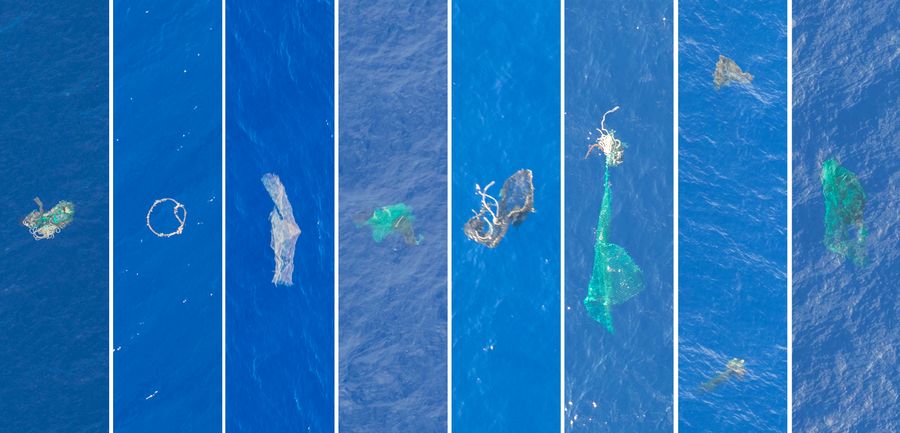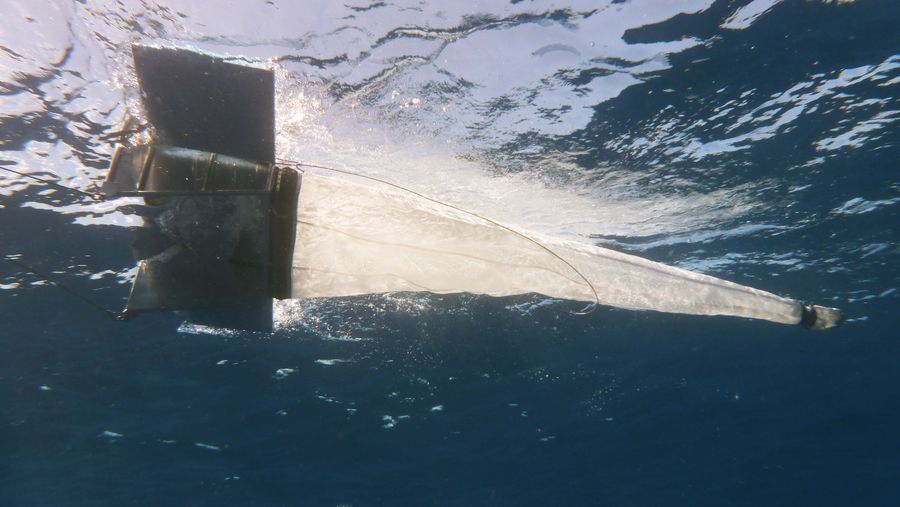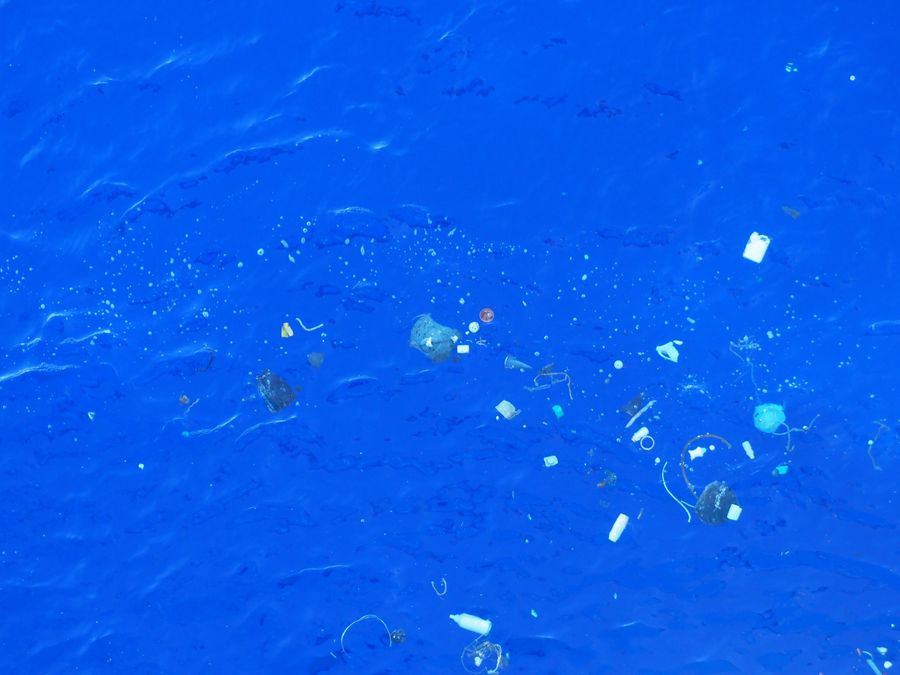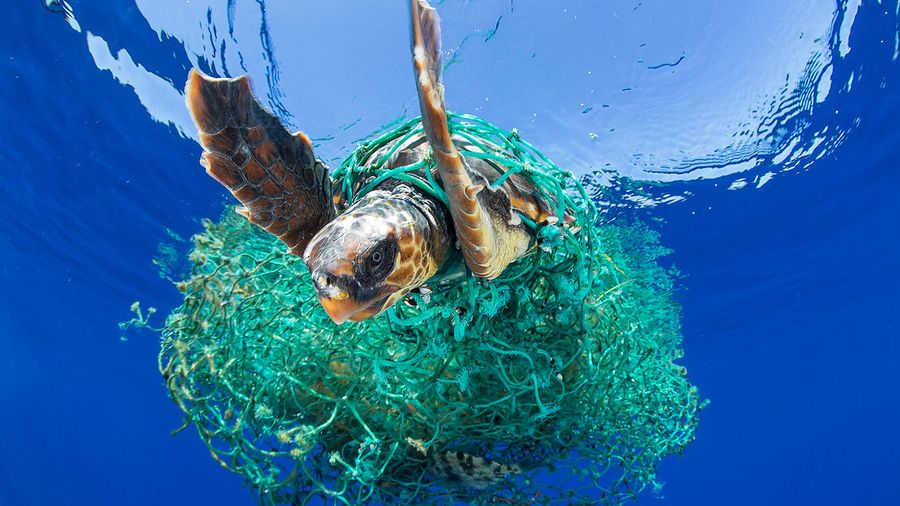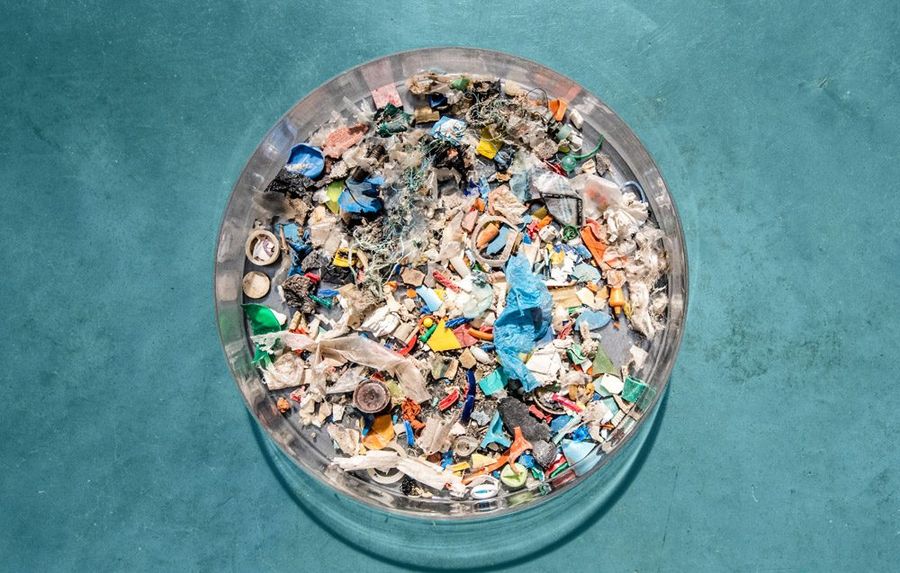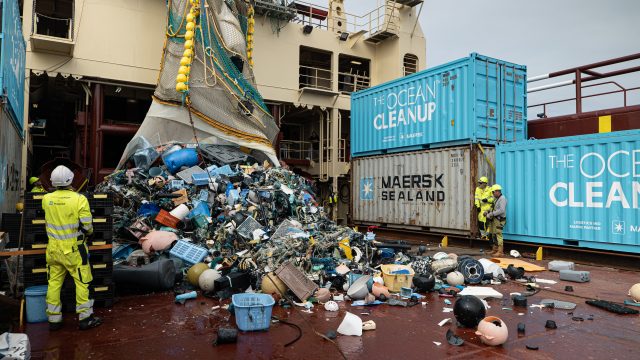
The Trash Island
The Ocean Cleanup’s mission is to rid the world’s oceans of plastic – by cleaning up what is already out there and by stopping what is making its way to the sea in rivers. We currently have active cleanup operations in the Great Pacific Garbage Patch, the largest accumulation of plastic in the open ocean. This patch is often incorrectly also referred to as the ‘Trash Island.’ Let’s go through some details as to why there’s actually no such thing as an island of floating trash in the middle of the ocean.
The Trash Island: what is it?
If you search online for ‘trash island,’ you’ll mostly see results related to the Great Pacific Garbage Patch (along with images that mostly have nothing at all to do with the patch ). This patch is the largest of the five known garbage patches in the ocean. Located halfway between California and Hawaii, it spans an area twice the size of Texas, where ocean plastic accumulates in a vortex of converging currents. The garbage patch is constantly on the move, depending on the season. The plastic floating here is spread between the surface and a few meters’ depth. The patch is estimated to contain 100,000 metric tons of plastic, a weight equivalent to over 740 Boeing 777s.
The latest updates
Read about recent progress and achievements.
Support the cleanup
Help us scale our cleanup operations in rivers and oceans.


![Great Pacific Garbage Patch in 2030 with and without cleanup. [scale units : kg/km2]](https://assets.theoceancleanup.com/scaled/640x/app/uploads/2019/05/map_gpgp_with_cleanup_with_hscale_web.png)


